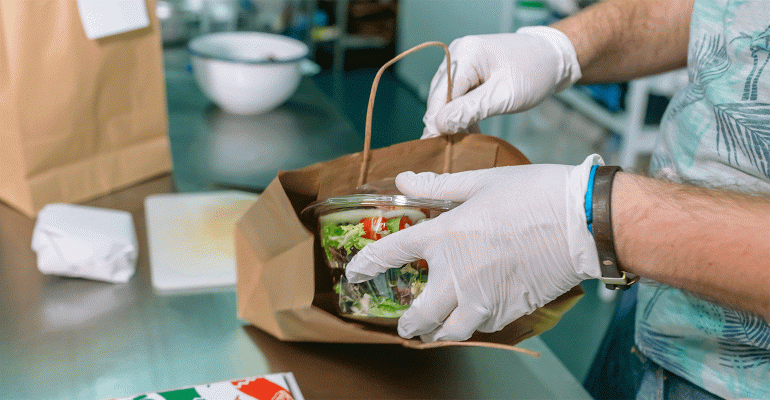Uber Eats alone did $4.8 billion in revenue in 2020. DoorDash's revenue jumped 268% from 2019 to 2020.
Despite this, the online food delivery business is far from glamorous or easy, and even with more than 112 million Americans using food delivery services, most restaurants are not performing well.
Restaurants, especially mom-and-pop shops, aren’t making nearly enough profits to survive in the long run. Their operations suffer from managing multiple third-party delivery apps while running their kitchens, dealing with staffing issues and taking care of customers who are dining indoors.
As Boxcar BBQ owner Phillip Foss wrote for Eater, “Let’s say we come in at 20% occupancy costs. Throw in the 15% commission [for food delivery apps], plus 60% for labor and food, and that [means we only make] $1.50 on a $30 sale...While our barbecue is literally and figuratively putting food on the table for so many families, my own is left to survive on mere table scraps.”
While large restaurant chains can leverage serious economies of scale, data and technology, smaller restaurants are less fortunate. Here’s why:
- They’re built for dining in, not delivery at scale. During the pandemic, consumers have gotten used to delivery, and they love it. Online food delivery is projected to account for 40% of restaurant revenue by 2025, but restaurant owners haven’t adjusted to this new reality. Restaurants can’t survive if they continue to lose money on every delivery order, and they likely can’t make up the revenue loss through order volume either.
- They’re not utilizing labor properly. The high demand for delivery, coupled with the pressure to manage in-person diners, has become a bad balancing act for restaurant owners. Restaurants do not have the right tools to manage existing resources efficiently so that they can manage the dine-in side of the business AND the online/delivery side.
- They’re passionate about food, not technology. Small restaurants literally have a lot of pans in the fire. Asking them to manage and monitor multiple tablets for multiple delivery platforms that don’t work together is a lot to ask, never mind trying to juggle multiple digital storefronts, branding and order fulfillment.
The bottom line is that the current state of the industry is unsustainable: Delivery platforms can’t make a profit, restaurants are barely getting by with their operational inefficiencies, and customers demand a better experience. Consider the following solution:
- First, a restaurant owner should have the ability to host multiple online menus that make the most of his or her limited resources and give customers what they want. Restaurants can utilize their existing equipment, expertise and inventory to offer and promote multiple brands. For example, with the right equipment and resources, Boxcar BBQ can host Gray's Papaya and Blue Ribbon menu items for delivery.
- Second, technology should work for restaurant owners, not the other way around. Restaurateurs need technology that helps optimize operations and resources. Instead of trying to manage multiple digital storefronts, for example — which was never what they got into the business to do — owners need to go back to running restaurants.
- Third, with a restaurant operating model that’s optimized for delivery, online food delivery platforms can become more profitable. A major cost for food delivery platforms is giving refunds to consumers who didn’t get the right orders. Restaurants optimized for delivery will make fewer errors, which means fewer refunds and happier customers.
In short, a new recipe for the industry that includes smarter technologies and a smarter operating model can ease the chronic indigestion restaurant owners and online food delivery platforms have been feeling even before the pandemic began. Let’s serve it up.
 Daniel Simon is the founder and CEO of Mealco, a technology partner for restaurants that converts their back-of-house resources into digital-friendly operations.
Daniel Simon is the founder and CEO of Mealco, a technology partner for restaurants that converts their back-of-house resources into digital-friendly operations.





